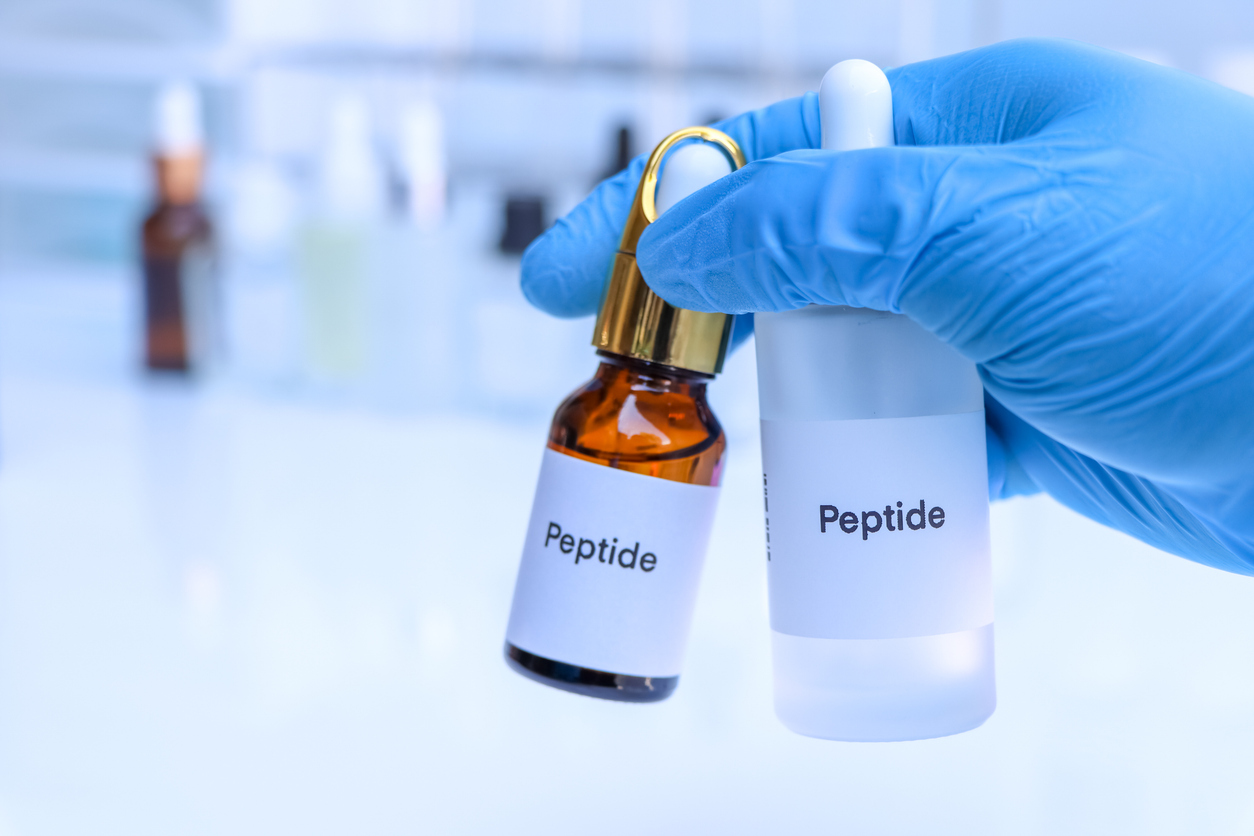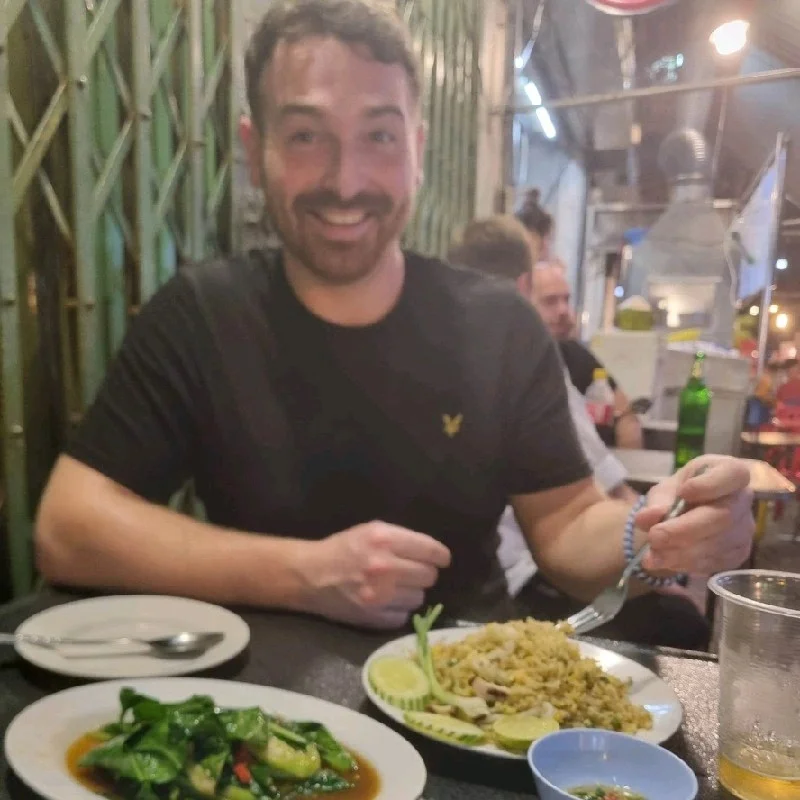LL-37, derived from the cathelicidin precursor CAMP, represents a singular cationic amphipathic peptide endowed with a net positive charge of +6 at physiological pH. Studies suggest that it may embody a dual-natured molecule whose amphiphilicity might underlie interactions with diverse molecular structures. Research indicates that the peptide might partition into lipid bilayers, effectively targeting microbial membranes as well as engaging various immunological and structural pathways.
Structural and Biophysical Properties of LL-37
Investigations purport that the peptide may adopt an α-helical configuration in membrane-mimetic environments, a conformation likely essential for its interactions with lipid bilayers and potential oligomerization to form transmembrane channels. Its amphipathic character may guide its association with both hydrophobic and hydrophilic surfaces, conferring versatility in binding modes.
Derivatives and truncated fragments of LL-37, such as FK-16, GF-17, KR-12, 17BIPHE2, and SK-24, may retain or even support certain physicochemical attributes, such as stability, helical propensity, or membrane affinity, while reducing undesirable interactions with non-target cells. Among these, FK-16 and GF-17 are believed to exhibit possible research activity against experimentally relevant bacterial strains implicated in orthopedic-associated scenarios.
Antimicrobial and Anti-Pathogen Research Potential
Findings imply that LL-37 may exert broad-spectrum antimicrobial potential. It is thought to disrupt the membranes of Gram-positive and Gram-negative organisms by permeabilizing bilayers, forming pores, or perturbing membrane integrity. Furthermore, it has been theorized to invade intracellular compartments of pathogens to interact with nucleic acids or biosynthetic machinery, perhaps mitigating cell wall or nucleic acid synthesis. Derivative fragments might maintain comparable antimicrobial support, particularly against resistant or biofilm-forming bacterial strains.
Studies suggest that the peptide may also exhibit fungicidal potential. It seems to bind to components of fungal membranes, inducing stress responses such as oxidative imbalance or disruption of endoplasmic reticulum homeostasis, and may also attenuate fungal adhesive potential by binding to carbohydrate moieties.
In the context of viral challenges, LL-37 appears to confront enveloped viruses through direct destabilization of lipid envelopes. It has also been speculated to mask critical receptor-binding domains on viral surface proteins or occlude host cell receptors such as ACE-2, thereby interfering with viral entry or replication. In silico docking assessments suggest LL-37 may bind to viral spike protein domains, while experimental models indicate potential blockade of viral binding to host cells.
Immunomodulatory and Cell-Signaling Support
Research indicates that LL-37 may wield significant support over immune-related pathways. The peptide appears to bind and neutralize endotoxins such as lipopolysaccharide (LPS) or lipoteichoic acid (LTA), thereby mitigating inflammatory signaling cascades induced by these molecules, including TNF-α production from immune or epithelial cells. Furthermore, LL-37 has been theorized to promote the release of anti-inflammatory mediators like IL-1RA or IL-10, while in certain contexts, it may also support chemokine expression and immune cell recruitment, indicating a potential role in immune cell trafficking.
It has been hypothesized that LL-37 may modulate autophagy in macrophages via activation of receptors such as P2X7, potentially supporting the clearance of cellular debris or extracellular DNA frameworks. Investigations purport that the peptide may participate in regulating neutrophil extracellular trap (NET) formation and clearance, contributing to microvascular homeostasis during inflammatory responses. Additionally, LL-37 has been reported to support angiogenic processes, promoting neovascularization through interactions with growth factor receptors or downstream signaling. Its involvement in cell proliferation and migration may further implicate the peptide in tissue regenerative phenomena.
Cancer-Related and Anti-Amyloidogenic Investigations
Intriguingly, findings have implied that LL-37 may support tumor-associated processes. Certain research models propose that it might exert cytotoxic support against tumor cell-like systems or modulate tumor microenvironments. Conversely, in other contexts, LL-37 might foster proliferation of transformed cells, indicating a context-dependent duality.
The peptide’s potential to mitigate amyloidogenic aggregation processes has also been conjectured. In particular, LL-37 may interfere with the self-assembly of peptides implicated in neurodegenerative or metabolic disorders—e.g., it seems to suppress islet amyloid polypeptide aggregation, potentially offering insight into mechanisms of β-cell resilience.
Derivative Design and Material Integration
Design of LL-37 derivatives that optimize structural and functional attributes may hold great promise. Cyclized or truncated analogues may exhibit better-supported stability or selective interaction while preserving the peptide’s inherent membrane activity or immunomodulatory tendencies. Such derivatives might integrate into biomaterials—such as coatings for orthopedic devices—to imbue surfaces with antimicrobial or immune-modulatory properties aimed at reducing colonization and biofilm formation.
Speculative Implications in Research Domains
Within microbial resistance research, LL-37 and its analogues have been suggested to serve as templates to explore new antimicrobial strategies against resistant organisms and biofilms. Their inclusion in material science may yield antimicrobial surfaces with minimized reliance on conventional antibiotics. In immunology and inflammation research, LL-37 may help elucidate pathways of endotoxin neutralization, immune cell recruitment, and cytokine network reshaping.
In angiogenesis and regenerative science, the peptide is believed to act as a probe to investigate vascular growth dynamics and cell migration signals. Investigations into amyloid aggregation or tumor microenvironment support may position LL-37 as a scaffold to understand misfolded protein mitigation or tumor cell interactions.
Challenges, Limitations, and Future Directions
Despite the inspiring properties, LL-37 seems to face limitations such as susceptibility to proteolytic degradation or nonspecific interactions in complex systems. Derivative design may aim to circumvent such drawbacks by supporting structural resilience without sacrificing functional versatility. A deeper mechanistic understanding of how LL-37 engages with membranes, intracellular targets, and signaling pathways remains critical. Exploration of its interactions in defined cell culture or organ-on-chip systems may uncover refined roles.
Rational engineering of LL-37 derivatives tailored to specific research implications—antimicrobial surfaces, immune modulators, amyloid mitigators, or angiogenic probes—may maximize relevance in research domains.
Conclusion
LL-37 emerges as a multifaceted peptide whose structural conformation, amphipathic nature, and cationic charge underpin a spectrum of properties—from antimicrobial and antifungal potential to immunomodulatory, angiogenic, and anti-amyloid actions. Derivative engineering may unleash even more tailored relevance for mammalian research models, while regulation of its expression may offer insights into innate immune integration with environmental cues.
Further investigations into mechanistic pathways, derivative optimization, and material integration may expand LL-37’s role as a versatile tool across microbiology, immunology, regenerative biology, and protein aggregation research. Researchers may go here for the best research materials available online.
References
[i] Dürr, U. H., Sudheendra, U. S., & Ramamoorthy, A. (2006). LL-37, the only human member of the cathelicidin family of antimicrobial peptides. Biochimica et Biophysica Acta (BBA) - Biomembranes, 1758(9), 1408–1425. https://doi.org/10.1016/j.bbamem.2006.03.030
[ii] Xhindoli, D., Pacor, S., Benincasa, M., Scocchi, M., Gennaro, R., & Tossi, A. (2016). The human cathelicidin LL-37—A pore-forming antibacterial peptide and host-cell modulator. Biochimica et Biophysica Acta (BBA) - Biomembranes, 1858(3), 546–566. https://doi.org/10.1016/j.bbamem.2015.11.003
[iii] Kahlenberg, J. M., & Kaplan, M. J. (2013). Little peptide, big impact: The role of LL-37 in inflammation and autoimmune disease. Journal of Immunology, 191(10), 4895–4901. https://doi.org/10.4049/jimmunol.1302005
[iv] Coffelt, S. B., Waterman, R. S., Florez, L., Honer zu Bentrup, K., & Zwezdaryk, K. J. (2008). Ovarian cancers overexpress the antimicrobial protein hCAP-18 and its derivative LL-37 increases ovarian cancer cell proliferation and invasion. International Journal of Cancer, 122(5), 1030–1039. https://doi.org/10.1002/ijc.23186
[v] Salamah, M. F., Ravishankar, B., Liu, Y., Zhang, Y., Chuang, P. I., & Kirkwood, K. L. (2018). The human cathelicidin LL-37 promotes angiogenesis through P2X7 receptor signaling. Journal of Immunology, 200(1), 301–309. https://doi.org/10.4049/jimmunol.1700977














